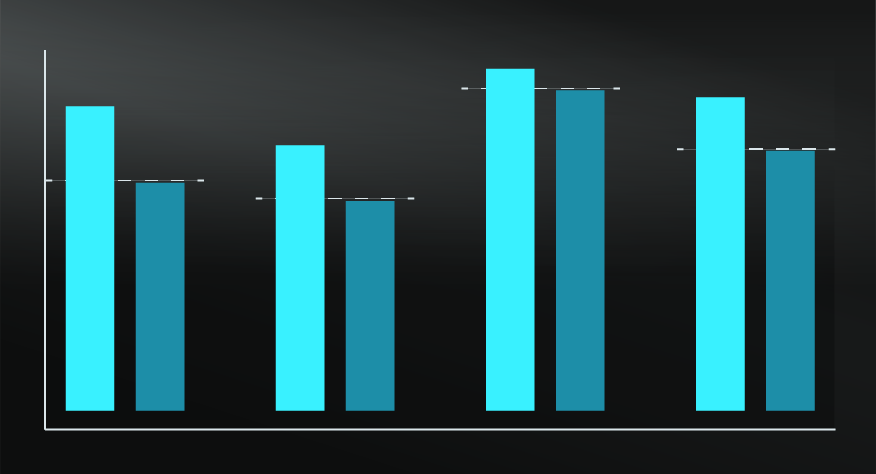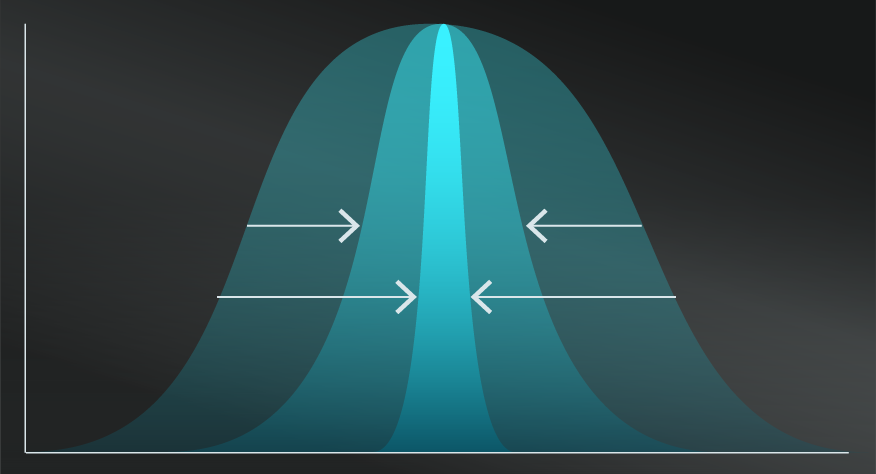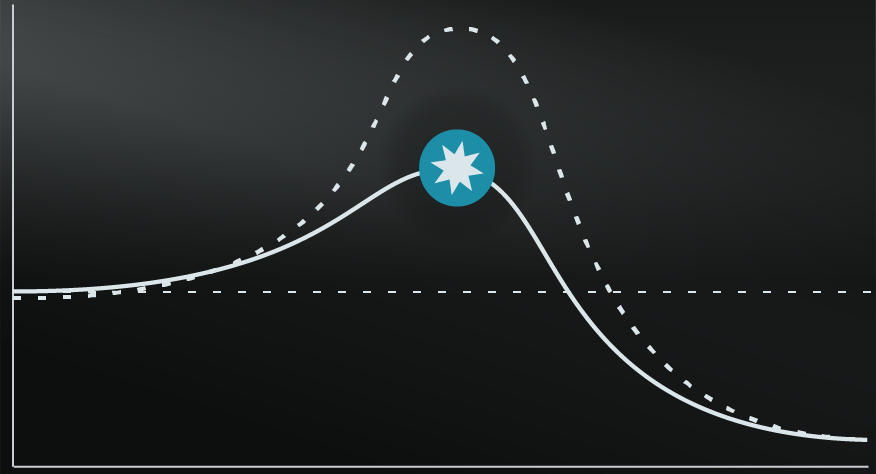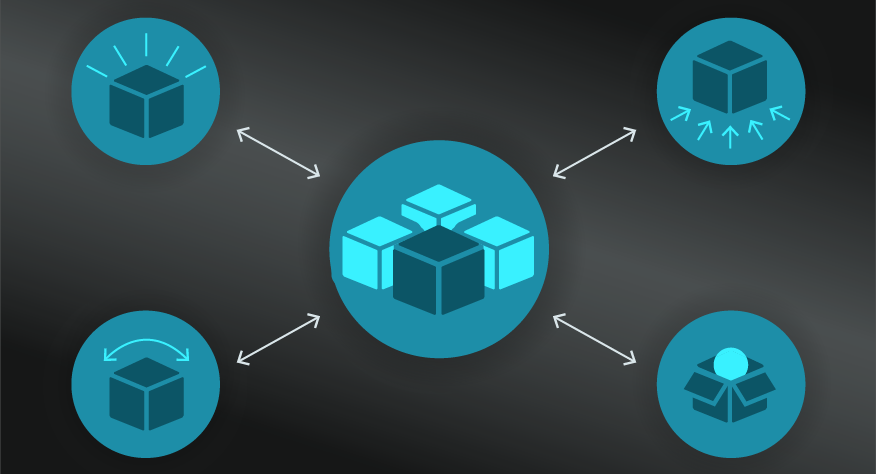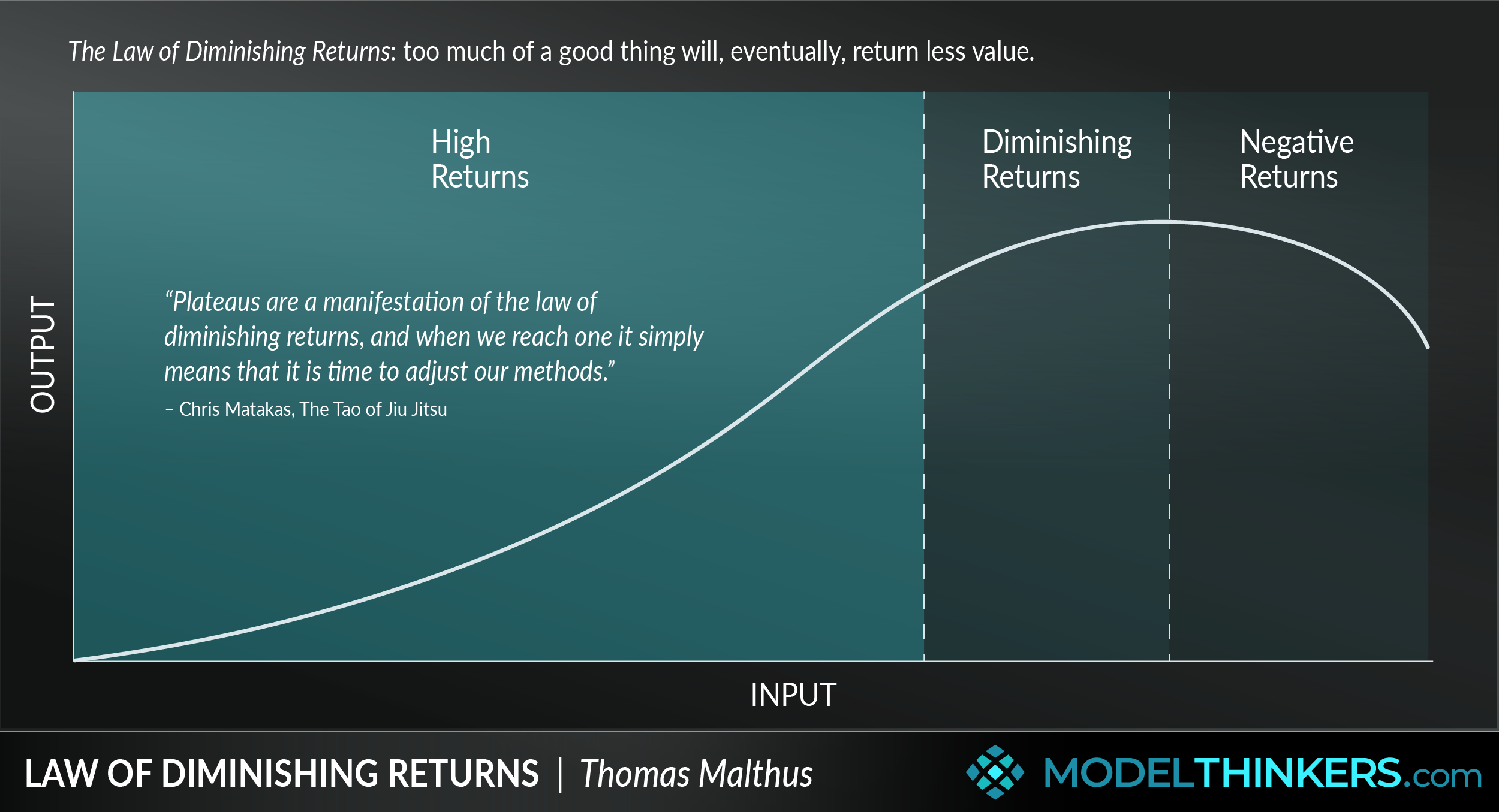
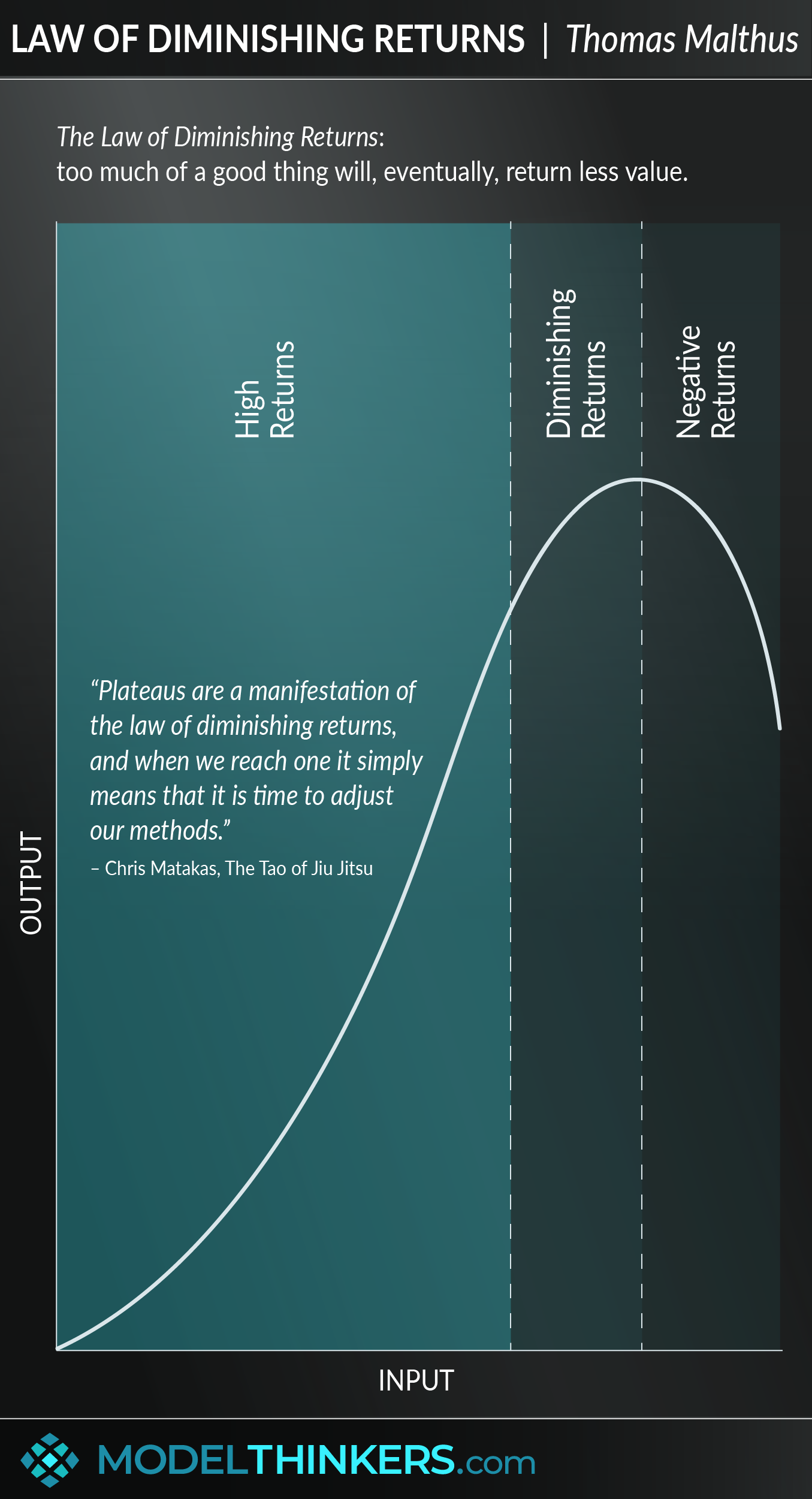
 0 saved
0 saved
 11.5K views
11.5K views








Think back to the last time you overindulged in a huge, delicious dessert. It’s likely that the first bite was divine, but perhaps ...
Lorem ipsum dolor sit amet, consectetur adipiscing elit. Nos quidem Virtutes sic natae sumus, ut tibi serviremus, aliud negotii nihil habemus. Summum ením bonum exposuit vacuitatem doloris; Non igitur bene. Bork Duo Reges: constructio interrete. Praeteritis, inquit, gaudeo.
Audeo dicere, inquit. Re mihi non aeque satisfacit, et quidem locis pluribus. Quod non subducta utilitatis ratione effici solet, sed ipsum a se oritur et sua sponte nascitur. Dicet pro me ipsa virtus nec dubitabit isti vestro beato M. Itaque vides, quo modo loquantur, nova verba fingunt, deserunt usitata. Prodest, inquit, mihi eo esse animo. An hoc usque quaque, aliter in vita? Voluptatem cum summum bonum diceret, primum in eo ipso parum vidit, deinde hoc quoque alienum; Licet hic rursus ea commemores, quae optimis verbis ab Epicuro de laude amicitiae dicta sunt. Traditur, inquit, ab Epicuro ratio neglegendi doloris.
Quod ea non occurrentia fingunt, vincunt Aristonem;




- Find the optimal peak.
Know that ‘more of a good thing is not always better’ ...
Lorem ipsum dolor sit amet, consectetur adipiscing elit. Bona autem corporis huic sunt, quod posterius posui, similiora. Negabat igitur ullam esse artem, quae ipsa a se proficisceretur;
De ingenio eius in his disputationibus, non de moribus quaeritur. Semper enim ex eo, quod maximas partes continet latissimeque funditur, tota res appellatur. Beatus autem esse in maximarum rerum timore nemo potest. Cur igitur easdem res, inquam, Peripateticis dicentibus verbum nullum est, quod non intellegatur? Quid ei reliquisti, nisi te, quoquo modo loqueretur, intellegere, quid diceret? His similes sunt omnes, qui virtuti student levantur vitiis, levantur erroribus, nisi forte censes Ti.
Qui non moveatur et offensione turpitudinis et comprobatione honestatis? Duo Reges: constructio interrete. Utrum igitur tibi litteram videor an totas paginas commovere? Propter nos enim illam, non propter eam nosmet ipsos diligimus. Ad quorum et cognitionem et usum iam corroborati natura ipsa praeeunte deducimur. Eam si varietatem diceres, intellegerem, ut etiam non dicente te intellego;
The Law of Diminishing Returns is based on a number of assumptions that are not always relevant to real-world situations. These include:
-
No change in technology
-
A short period of impact
-
Consistent, homogeneous units
-
Measurement of product using tangible units.
Each of these assumptions might be challenged in the real world. Technology is always progressing, the units of input are likely going to vary (hiring one person compared to another person will have different impacts) and even the questions of measurement will be more complex beyond the narrow assessment of weight or financial value.
It relies on a static, predictable system which is rarely true or at least has clear limitations when applied to the complexity of reality.
Too Many Cooks.
A useful example to explain this model is to consider a small food truck that sells doughnuts. If that truck has one cook, they might be able to produce 20 doughnuts every hour. Adding one more cook might increase that output to 40 doughnuts every hour. However, adding a third cook might only allow them to produce 45 doughnuts every hour because of the limited space and resources in the truck, and adding a fourth cook might not add any returns at all.
d
The concept of Diminishing Returns has a rich and long history, being traced back to economists such as Adam Smith, Jacques Turgot, and Thomas Mathus. The earliest explicit references to this model were in relation to farming outputs and can be attributed to Thomas Malthus and David Ricardo.
 My Notes
My Notes
Oops, That’s Members’ Only!
Fortunately, it only costs US$5/month to Join ModelThinkers and access everything so that you can rapidly discover, learn, and apply the world’s most powerful ideas.
ModelThinkers membership at a glance:






“Yeah, we hate pop ups too. But we wanted to let you know that, with ModelThinkers, we’re making it easier for you to adapt, innovate and create value. We hope you’ll join us and the growing community of ModelThinkers today.”







































